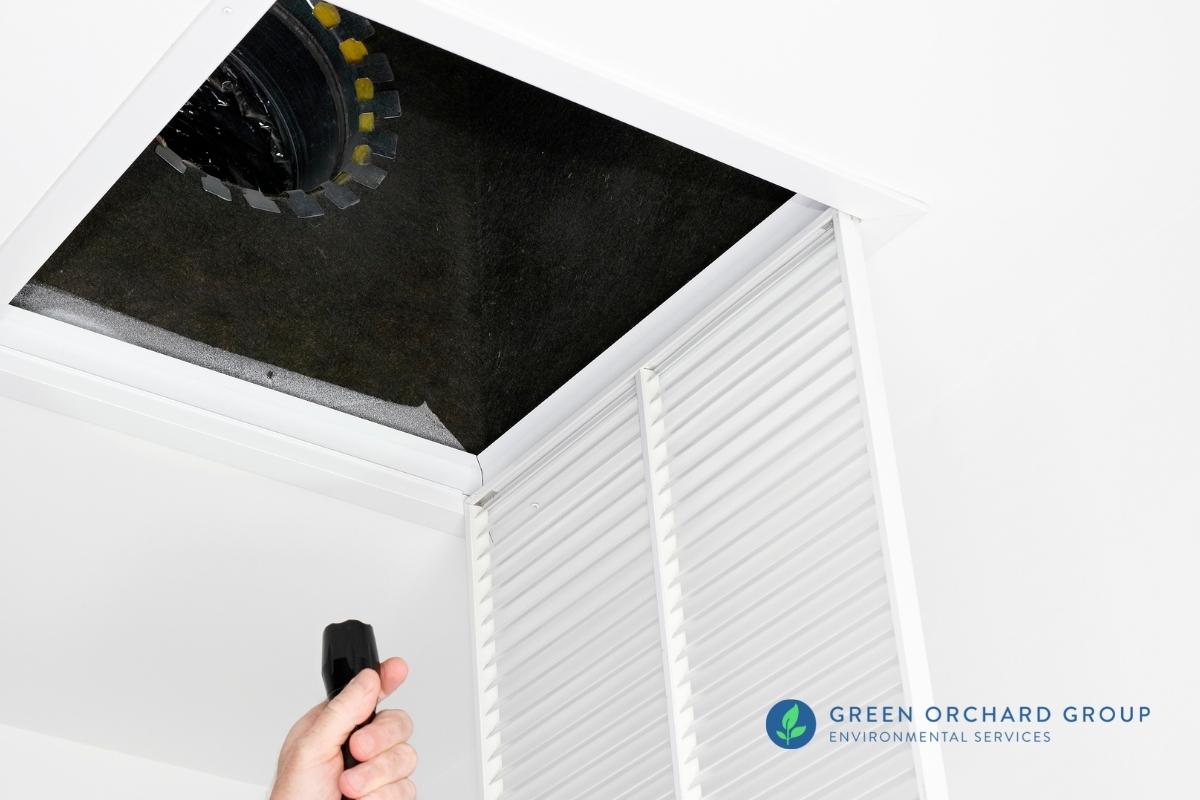Guidance on What to Do After Mold Remediation
Specialist Tips for Post Mold Removal Success
In the world of mold and mildew removal, effectively eradicating mold is just half the fight; truth challenge hinges on avoiding its reappearance. Post-remediation efforts play a critical role in guaranteeing a mold-free environment in the long term. By adhering to experienced ideas and best techniques, people can guard their areas versus mold rebirth and keep a healthy interior atmosphere. It remains in this stage of the removal process that attention to information and aggressive steps absolutely make a difference.
Screen Moisture Degrees On A Regular Basis
Regular monitoring of humidity degrees is vital in making sure the effectiveness of post mold remediation efforts. After finishing mold removal treatments, maintaining optimum humidity levels is critical to protect against mold re-growth and make certain a healthy and balanced indoor environment. Tracking humidity levels permits for very early discovery of any spikes or changes that can potentially result in mold and mildew revival. High humidity levels over 60% produce a favorable setting for mold and mildew to grow, making normal monitoring a proactive procedure to avoid any future mold issues - Post Remediation Inspection near me.
Furthermore, developing a routine schedule for humidity checks, especially in risky locations such as cellars, shower rooms, and cooking areas, is a positive method to mold and mildew prevention. By continually checking humidity levels, residential property proprietors can efficiently reduce the danger of mold reoccurrence and maintain a healthy and balanced interior atmosphere post-remediation.
Conduct Thorough Inspections Post-Remediation
Complying with the conclusion of mold and mildew remediation treatments, it is necessary to conduct thorough examinations to confirm the effectiveness of the remediation procedure. These post-remediation evaluations are essential in guaranteeing that the mold issue has been successfully attended to and that there is no reoccurrence or staying mold and mildew development. Inspections should be brought out by certified experts that have competence in identifying mold and analyzing interior air quality.
During these inspections, various approaches such as aesthetic assessments, air sampling, and surface area tasting might be used to extensively evaluate the remediated areas. Aesthetic evaluations include a thorough assessment of the premises to look for any kind of noticeable indications of mold and mildew development or water damage. Air sampling helps in identifying the air-borne mold and mildew spore degrees, while surface tasting can find mold fragments on surface areas.
Implement Correct Ventilation Techniques
After making certain the effectiveness of the mold removal process via thorough inspections, the next critical step is to concentrate on implementing appropriate air flow approaches. Appropriate ventilation is necessary in preventing mold reoccurrence by regulating moisture levels and advertising air circulation.
Appropriate air flow not just aids in avoiding mold development but also adds to the total health and comfort of passengers. By ensuring sufficient air flow throughout the building, you can minimize the danger of mold and mildew regrowth and produce a much healthier living environment. Normal upkeep of air flow systems, consisting of cleaning and filter substitutes, is critical to maintaining effective air flow. Consulting with cooling and heating experts can provide further understandings into enhancing air flow techniques for your details home demands.

Usage Mold-Resistant Materials for Fixes
To enhance the lasting efficiency of mold and mildew removal efforts, incorporating mold-resistant materials for repairs is crucial in reducing the risk of future mold growth. Mold-resistant products are designed to stand up to dampness and inhibit mold development, making Check This Out them a vital choice for areas susceptible to dampness and humidity. When repairing areas impacted by mold, utilizing materials such as mold-resistant drywall, mold-resistant paints, and mold-resistant caulking can help stop mold recurrence.
Mold-resistant drywall is an outstanding alternative to conventional drywall in locations like restrooms and basements where dampness levels are greater. When revealed to damp conditions, this kind of drywall has a special layer that withstands mold and mildew development even. Furthermore, utilizing mold-resistant paints having antimicrobial representatives can better hinder mold and mildew advancement on wall surfaces and ceilings.
In areas where wetness prevails, such as kitchens and shower rooms, making use of mold-resistant caulking around sinks, bathtubs, and windows can help secure out water and prevent mold and mildew from holding in splits and gaps. By investing in these mold-resistant materials throughout repair work post-remediation, you can significantly minimize the likelihood of future mold and mildew concerns look these up and keep a much healthier interior environment.
Maintain Sanitation and Address Water Issues
After mold and mildew remediation, it is essential to maintain a clean setting to avoid the regrowth of mold and mildew. Leaks, water breach, or high moisture degrees can develop the excellent breeding ground for mold and mildew, so it is imperative to fix any water-related issues instantly.
To keep sanitation, take into consideration making use of HEPA filters in vacuums and air cleansers to catch mold and mildew spores and prevent their blood circulation in the air. Ensuring proper ventilation in areas susceptible to moisture build-up, such as restrooms and cooking areas, can assist keep humidity degrees in check. By remaining attentive about tidiness and resolving water problems immediately, you can efficiently prevent mold and mildew reinfestation and preserve a healthy indoor atmosphere.
Conclusion

In the world of mold removal, efficiently getting rid of mold is only half the fight; the true difficulty exists in stopping its reappearance. After completing mold and mildew remediation treatments, maintaining ideal humidity degrees is important to stop mold re-growth and make certain a healthy and balanced interior setting. High moisture degrees above 60% create a helpful setting for mold to flourish, making normal checking an aggressive action to protect against any type of future mold and mildew problems.
To enhance the long-term efficiency of mold and mildew removal initiatives, integrating mold-resistant materials for repair services is important in minimizing the threat of future mold growth. After mold remediation, it is essential to preserve a tidy atmosphere to stop the regrowth of mold.